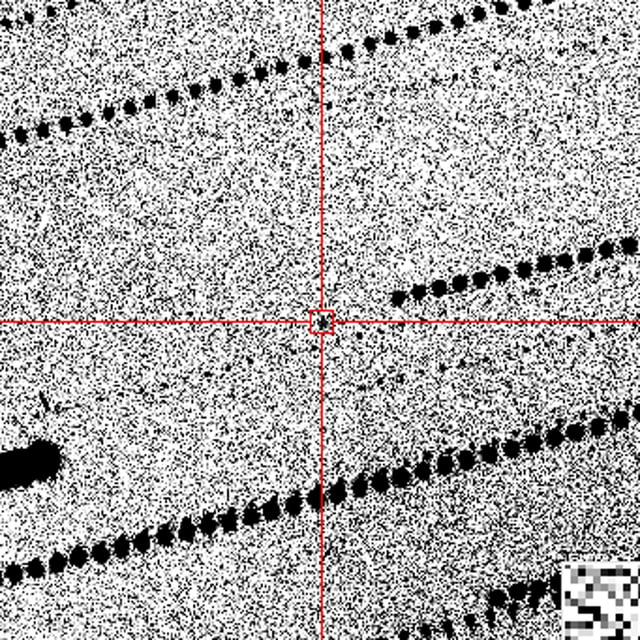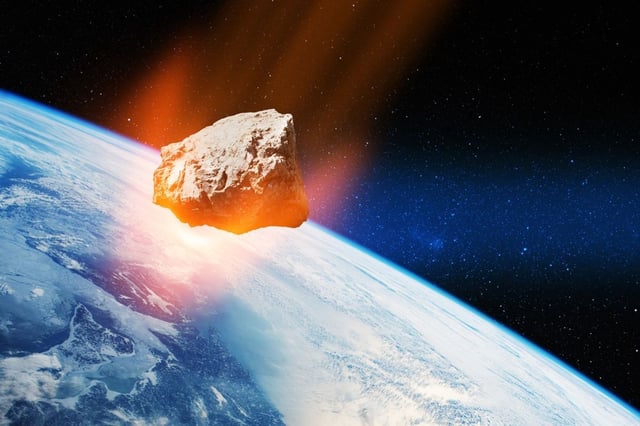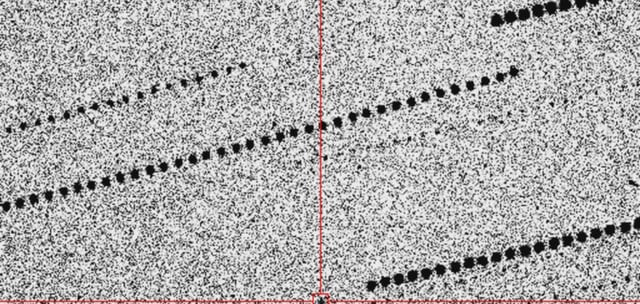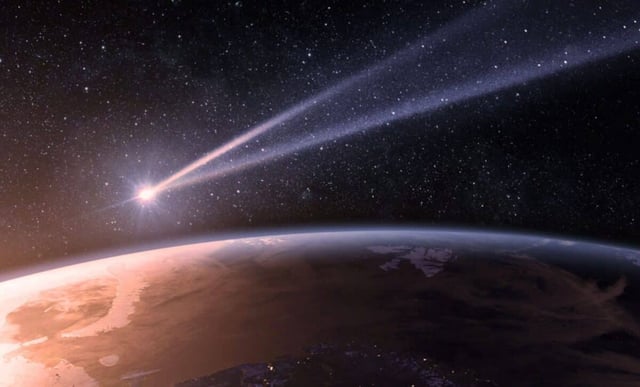Overview
- ESA estimates the object at roughly 3 to 10 feet across and says it passed at an altitude comparable to the International Space Station over Antarctica.
- Astronomers detected the asteroid only hours after closest approach, with ESA lauding the rapid recovery of such a small, faint target.
- Radar observations enabled teams to lock in the flyby distance and timing with high accuracy, improving the orbital solution.
- Officials said the object posed no significant danger to Earth, though a body of that size could produce a bright fireball and drop meteorites if it entered the atmosphere.
- NASA’s JPL projects the asteroid’s next likely return around April 2087, and Discover reports this was the second-closest non-impact flyby ever observed.



